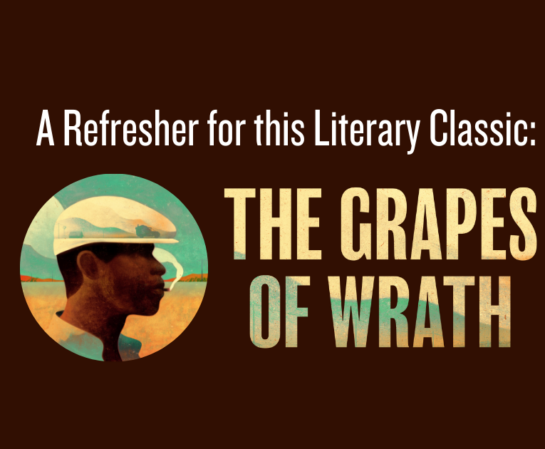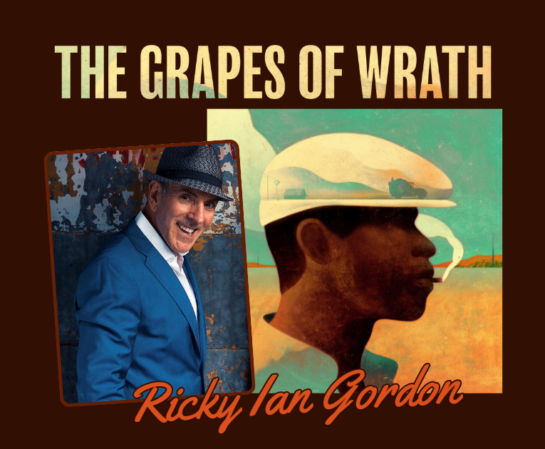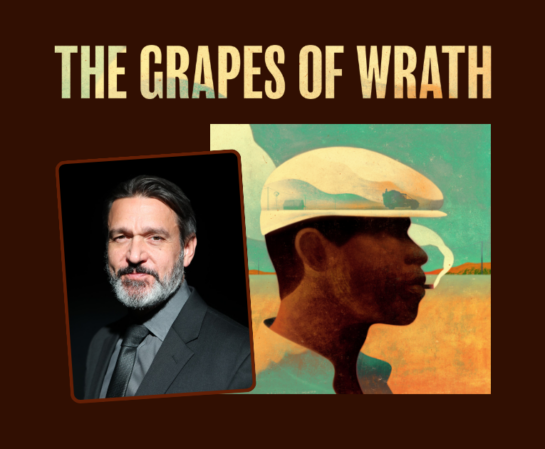The Lady of Our Dreams
In musical theater, perhaps more than any other art form, finding the perfect combination of collaborators is crucial. With this production, MasterVoices is lucky to benefit from two such “perfect combinations” – the original creative team, and the creative team for our production. For both trios, Lady in the Dark is fulfilling a longstanding dream!
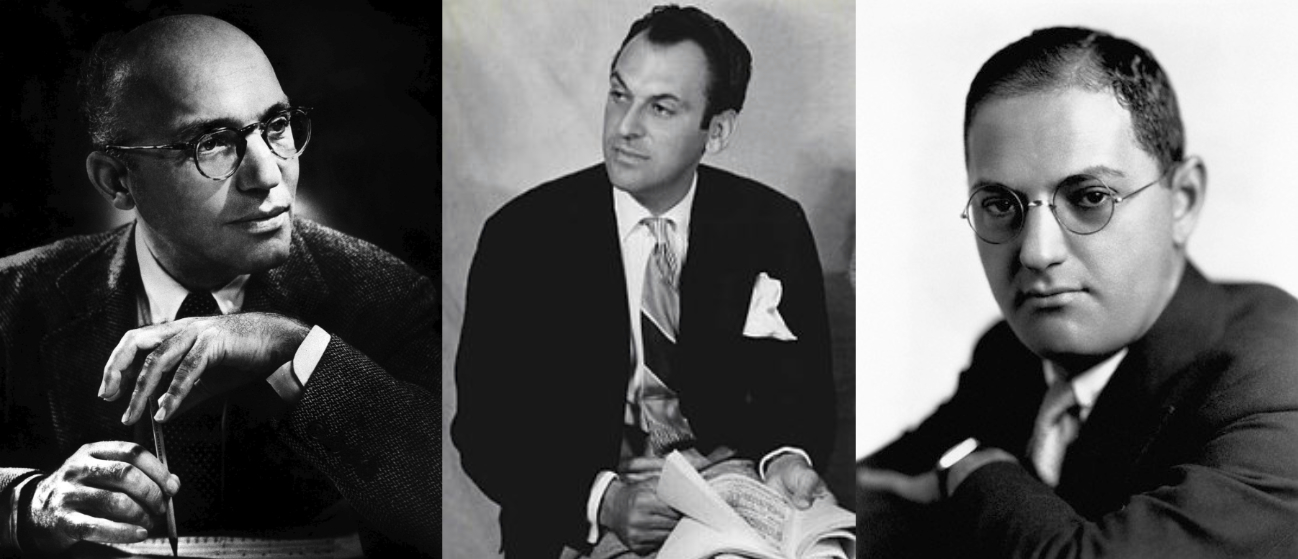 Part I: It was 1939 and composer Kurt Weill was still establishing himself in New York City. But he knew what he wanted – as he told The New York Sun, “We can and will develop a musical-dramatic form in this country… More than anything else, I want to have a part in that development.” He met writer Moss Hart at a party and invited him to lunch. They hit it off, agreeing about all that was disagreeable about musical comedy. After deciding what kind of project they did (and decidedly didn’t) want to do together, Hart suggested they collaborate with lyricist Ira Gershwin.
Part I: It was 1939 and composer Kurt Weill was still establishing himself in New York City. But he knew what he wanted – as he told The New York Sun, “We can and will develop a musical-dramatic form in this country… More than anything else, I want to have a part in that development.” He met writer Moss Hart at a party and invited him to lunch. They hit it off, agreeing about all that was disagreeable about musical comedy. After deciding what kind of project they did (and decidedly didn’t) want to do together, Hart suggested they collaborate with lyricist Ira Gershwin. 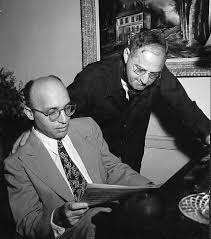 Weill, already a fan of Porgy and Bess, readily agreed. Lady in the Dark represented a courageous departure from the conventions of the day, but it also marked a courageous turning point for each of its collaborators. It was Hart’s first book without writing partner George S. Kaufman, Ira’s first after the tragic early death of his brother George, and Weill’s first real foray into the American song idiom. Racking up 777 performances, Lady in the Dark was a smashing success that fulfilled the dream of each of its collaborators: to herald a new era of musical theater.
Weill, already a fan of Porgy and Bess, readily agreed. Lady in the Dark represented a courageous departure from the conventions of the day, but it also marked a courageous turning point for each of its collaborators. It was Hart’s first book without writing partner George S. Kaufman, Ira’s first after the tragic early death of his brother George, and Weill’s first real foray into the American song idiom. Racking up 777 performances, Lady in the Dark was a smashing success that fulfilled the dream of each of its collaborators: to herald a new era of musical theater.
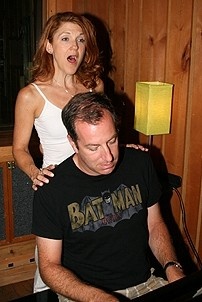 Part II: It was the early 1980s and director Ted Sperling was a student at Yale University, where he spent hours delving into their extensive library. It was there he discovered Lady in the Dark, and he’s been fascinated with it ever since. In the autumn of 2001, while still in the early stages of his directing career, he staged a version at Philadelphia’s Prince Music Theatre, with Andrea Marcovicci as Liza Elliott. But he had always dreamed of doing it with Victoria Clark, a close friend from those early college days. He also knew that choreographer Doug Varone would be a perfect fit – not only have they worked together frequently, but as a trio, the three had already collaborated on our acclaimed 2016 production ofDido and Aeneas.
Part II: It was the early 1980s and director Ted Sperling was a student at Yale University, where he spent hours delving into their extensive library. It was there he discovered Lady in the Dark, and he’s been fascinated with it ever since. In the autumn of 2001, while still in the early stages of his directing career, he staged a version at Philadelphia’s Prince Music Theatre, with Andrea Marcovicci as Liza Elliott. But he had always dreamed of doing it with Victoria Clark, a close friend from those early college days. He also knew that choreographer Doug Varone would be a perfect fit – not only have they worked together frequently, but as a trio, the three had already collaborated on our acclaimed 2016 production ofDido and Aeneas.
Says Sperling, “In the intervening years from that first Philadelphia production, I have often thought of new ways to bring this neglected masterpiece to life. Now, in my role as Artistic Director of MasterVoices, taking full advantage of the new critical edition, I’m delighted to be able to realize this dream.”
Dissection of a Dream
Having analyzed the Glamour and Circus dreams in previous emails, that leaves just one more: the Wedding Dream, a cacophonous 346-measure musical nightmare set to a throbbing bolero beat. While it is the shortest of the three and has just three songs, it has been likened to an anthology of short stories that share many of the same characters.
Our Wedding Dream will feature looks by fashion house Marchesa, established in 2004 by Georgina Chapman and Keren Craig, known for its couture wedding and eveningwear seen on such stars as Scarlett Johansson, Jennifer Lopez, and Cate Blanchett.
Some Songs You May Know
Another popular song from the show – besides “My Ship” and “The Saga of Jenny”, which we explored over the past two weeks – is the beautiful and richly orchestrated ballad “This is New”, which occurs during the Wedding Dream. It has been recorded by Julie Andrews, Dee Dee Bridgewater, and Ute Lemper, to name a few. It was cut from the film version, so our live production will be one of your few chances ever to hear it in context!
Listen to a tasteful snippet here, or Chick Corea’s instrumental jazz take here!


